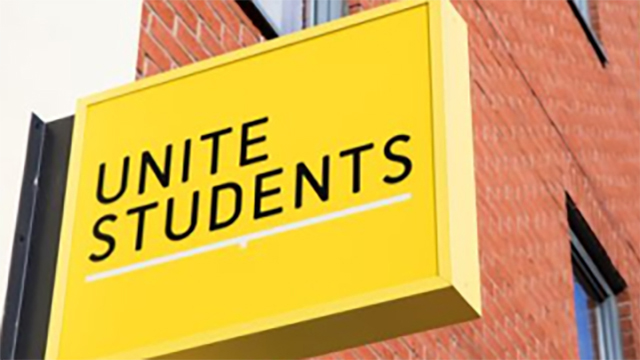Sale of land – Sale agreement containing put option for respondent purchaser to resell land to appellant vendor – Put option exercisable where bypass to be constructed by appellant not open to public by given date – Bypass partly opened by that date but restricted to single lane in either direction whereas agreement requiring part to be dual carriageway – Whether put option exercisable – Whether bypass opened to public within meaning of agreement – Appeal dismissed
The appellant and respondent entered into an agreement in December 2007 by which the latter agreed to purchase from the former certain land in Peterborough for £9.0625m, for the purposes of a development. The appellant agreed to carry out various services, including the construction of a bypass. The bypass was defined by reference to the definition in a section 106 agreement, which itself referred to the relevant planning permission and described the bypass as part single and part dual carriageway. The agreement also contained a “put option”, entitling the respondent to resell the land to the appellant for effectively the same price if the bypass was not opened to the public by 31 October 2009.
The appellant opened the bypass to the public on 30 October 2009. However, public use was initially restricted, with one lane of the dual carriageway section being coned off and the whole being subject to traffic management measures, including a temporary speed limit, while construction works continued. On 2 November, the respondent served a notice to exercise the put option, considering that the bypass had not been “opened to the public”, as the agreement required, by 31 October 2009. The appellant refused to repurchase the land.
The respondent applied for and obtained summary judgment against the appellant on a claim for specific performance. The judge accepted the respondent’s contention that what had been opened on 30 October was not the bypass as defined in the agreement, given that public access had been limited to a single lane in either direction and the scheme of lighting required by the planning permission was not fully installed or functioning.
The appellant appealed. It contended that summary judgment had not been appropriate since the court had not had before it the full factual setting in which the agreement fell to be interpreted. It argued that the bypass as defined in the agreement had been physically constructed by the relevant date and that a distinction should be made between the standard to which it had to be built and the requirement that it be opened to the public.
Held: The appeal was dismissed.
The bypass had not been opened to the public within the meaning of the sale agreement by the time the respondent served notice to exercise the put option. The proper interpretation of the sale agreement did not turn on evidence that was not before the court. The parties to that agreement had expressly defined the bypass by reference to the definition in the section 106 agreement and, through that, the detailed planning permission. Accordingly, whether the put option was exercisable depended on whether the bypass, as defined in the section 106 agreement and authorised by the planning permission, had been constructed and “opened to the public”. There was a powerful case for saying that the bypass had not been constructed by the relevant date because of the incomplete and defective lighting at that date. Even if what had been constructed was “the bypass” as defined in the agreement, it had not been opened to the public by the relevant date in circumstance where the public had access only to a single lane in either direction, whereas the definition of the bypass in the sale agreement was of a bypass comprising part single carriageway and part dual carriageway.
Ashley Underwood QC and Miriam Stacey (instructed by Wragge & Co LLP, of Birmingham) appeared for the appellant; John Randall QC and Andrew Charman (instructed by HBJ Gateley Wareing LLP, of Birmingham) appeared for the respondent.
Sally Dobson, barrister







